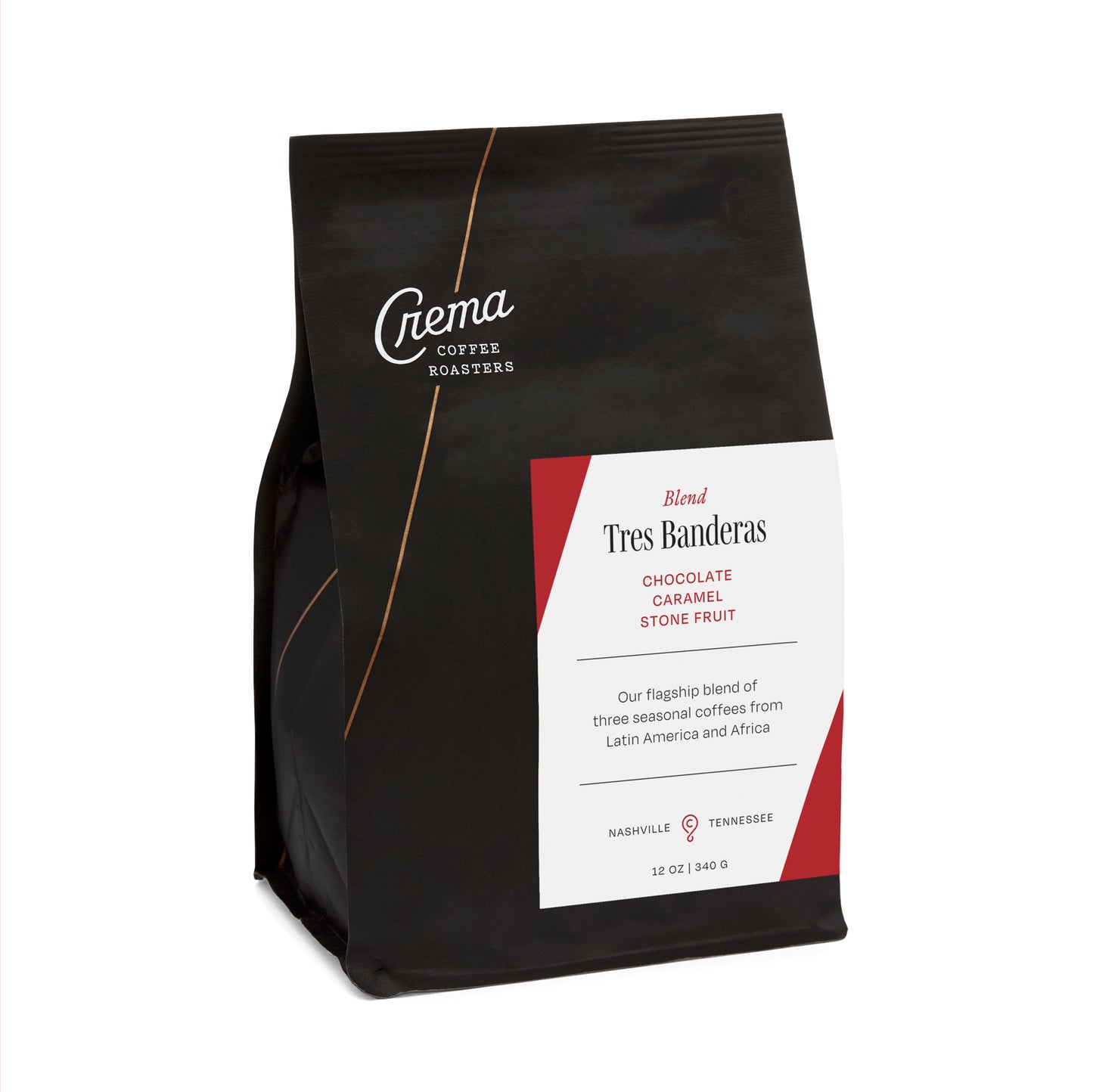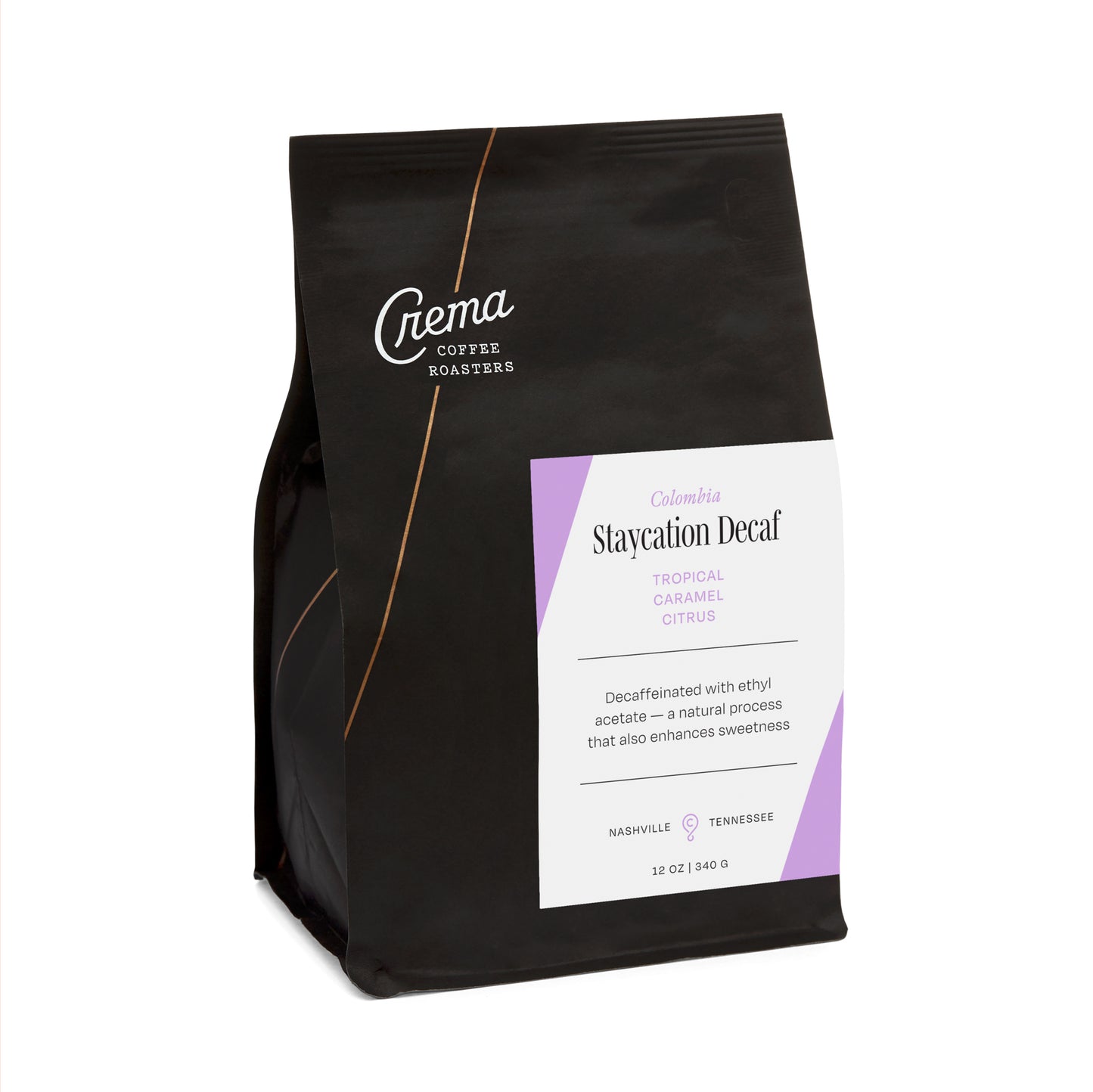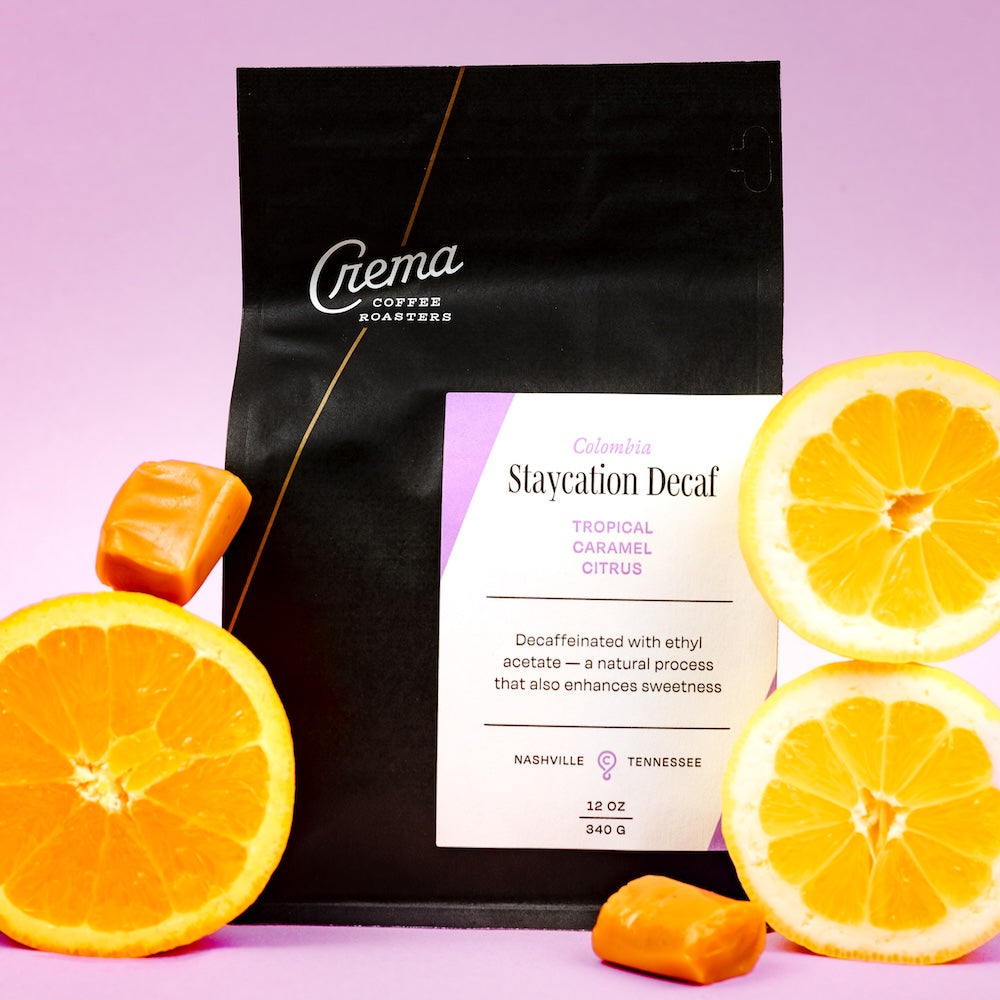A majority of the coffee we bring you throughout the year is processed using the ever-faithful fully washed method, which makes incredible coffee, don’t get us wrong. But from time to time, we sprinkle a coffee that’s a little different into the mix. Say hello to honey processing! Allow us to elaborate:
What is Honey Processing?
Believe it or not, it has nothing to do with bees, hives, or actual honey of any kind. The word “honey” refers to the sticky mucilage (think the inside of a grape, but less fruit) that surrounds coffee seeds. Every coffee begins as seeds inside a coffee cherry, which have to be cleaned and dried before we can roast them into the bean you know and love. When we say process, we’re talking about the way in which the seeds are separated from the mucilage after harvest and then dried.
Honey Processing is accomplished by removing the skin from the coffee cherry to reveal the sticky mucilage (or honey) that remains on the seed while it dries. The sugars in the mucilage ferment while the coffee dries in the sun, imparting its best, most beautiful qualities to the seed (i.e. sweetness, jammyness, explosive fruit flavors, delicate floral flavors, etc, etc.)

Why is Honey Processing not only very delicious, but also fascinating?
Glad you asked. Honey Processing is fascinating because what we described above is the barebones of the process. Producers use variations on that theme (namely, how much sun the drying coffee gets, and how much mucilage is left on the seeds) to create coffees that are wildly different from one another in search of the best possible outcome. In Costa Rica, Honey Processing is widely used and widely perfected — some view it as an art form.
But, even within Costa Rica, the various honey processing methods and the regions in which they were grown can offer completely different experiences. If a coffee dries a little faster, the result could be a lovely coffee full of honey sweetness and gentle acidity. Some that take a bit longer to dry have extra time to soak up all that fermentation had to offer, bringing you big tropical flavors like papaya that are balanced with an apple-like acidity.

Why is Honey Processing not only very delicious and fascinating, but also good for the earth?
You’re killing it with these questions. Coffee producers know that their work is tied to the land, so they tend to be all about sustainability. Honey Processing was developed as a method that uses significantly less water than other processing methods.
This is especially useful in places like the Kerinci Highlands in Sumatra where coffee farms are highly dependent on the thriving of the rainforests that surround them. We know: it’s a rainforest, there is plenty of water, it’s in the name, but care for the earth means conservation and balance even in areas with plenty. In the case of Kerinci, the sustainable route paid off in more ways than one.

Look at you, you honey processing pro! Ready to recap your knowledge?
Honey processing leaves some, but not all, of the mucilage on the coffee bean during the drying stage
There's many different variations/degrees of honey processing and some view the process as an art form.
Honey processing is a sustainable way to process coffee because it uses significantly less water than washed methods.

← Older post Newer post →







